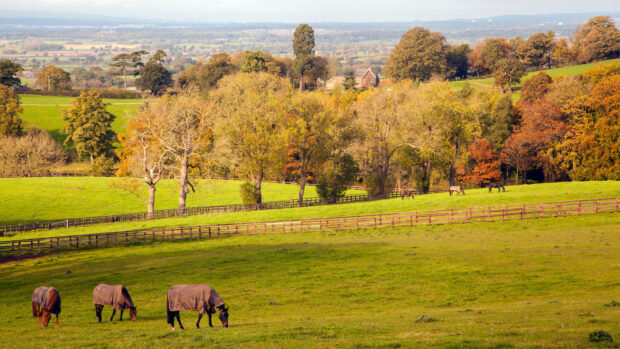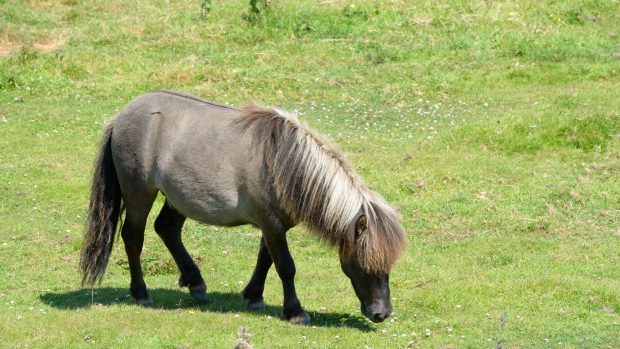Q: My 17-year-old 13.2hh Welsh Section B is used for light hacking and driving. Problems with his feet started after I’d let his feet grow long and also changed farriers. The new farrier cut his feet right back to the point of drawing a small amount of blood.
A month later, Caesar was hardly able to move. The vet diagnosed an abscess, which was put right with two weeks of poulticing. This was followed by a bout of laminitis and after a week of restricted rations and slow walking it got better.
I eventually got Caesar back in full shoes, but now he is slightly lame in his near fore.
His last owner has told me he’s had laminitis before and it’s probably caused by feed. I feed one scoop of alfalfa or mollichop, half a scoop of bran and half a scoop of conditioning cubes twice a day and, if he’s not turned out, a third of a bale of good hay.
My field is poor quality and has very little grass. Could it be Caeaer’s diet causing the problem, or have the abscesses and laminitis left permanent damage?
Farrier Martin Humphrey replies: Caesar’s one basic problem is laminitis and your experiences are not uncommon.
Like bruising, abscesses are a common complication of laminitis. I doubt very much if there has been any permanent damage but you need to recognise the problem and work towards managing it effectively.
When a horse or pony suffers laminitis, the bone inside his hoof tends to become loosened from its attachments and changes position inside the foot. The weight of the animal pushes the pedal bone, which rotates downwards.
Laminitis is caused by inflammation of the sensitive laminae which hold the pedal bone and hoof together. When the laminae is inflamed, it becomes damaged, weakened and stretched, especially in the toe area.
You can usually see the signs of laminitis when the hoof is being trimmed (ask your farrier to show you).
One sign is that the white line (or white zone as it is correctly named), which is the junction of the sole and the hoof wall, is much wider than normal.
It may also be stained red where there has been bleeding during the course of the disease. This is probably what you saw after the first shoeing.
Trimming a laminitic hoof is very different from trimming a normal foot and it’s necessary to cut a lot more hoof away at the toe, often exposing the dead and bloodstained laminae.
Because the diseased laminae don’t form such a good seal against dirt and germs, and because they often contain pockets of blood and serum, they attract bacteria which can work up inside the hoof to cause abscesses. Abscesses in a hoof are usually painful until they start to drain out.
Other signs of laminitis to look for in the hoof are bruising in the sole and rings in the surface of the hoof wall.
It would be difficult for me to give you specific dietary advice as I don’t know enough about Caesar’s case. In general terms it is best to keep him on the lean side if you can but don’t starve him.
The risk of bruising is something laminitic ponies and horses have ever-present due to the dropped or flat soles of their hooves.
This is why they are usually better off when they are wearing shoes. It’s better if the shoes are ‘seated out’, so they don’t press into the horse’s sole.
Seated out means that the upper surface of the horseshoe, the surface which contacts the hoof, is not flat as usual but slopes downwards and inwards. Pads are often helpful in preventing bruising of the foot to keep a pony more comfortable.



